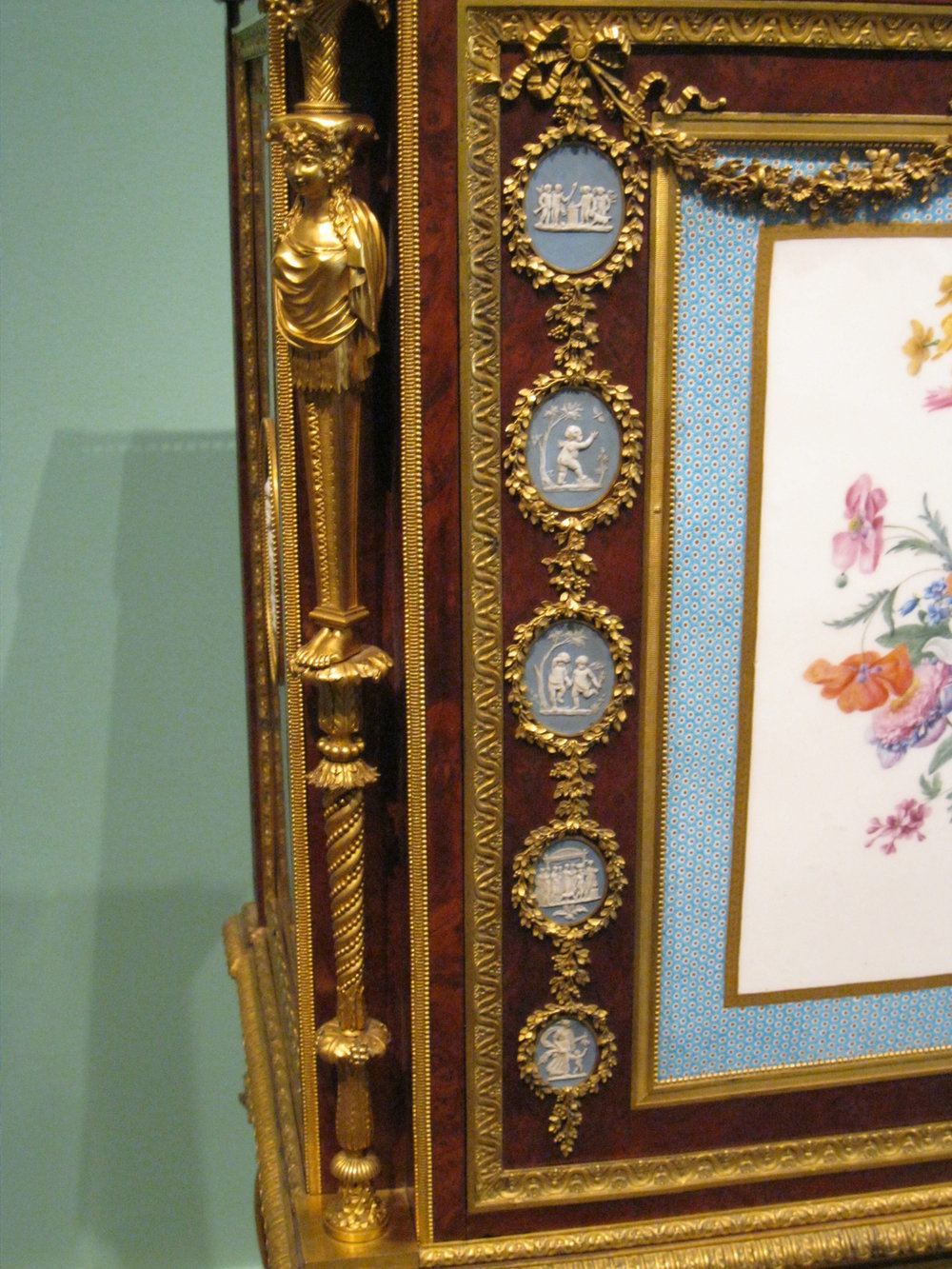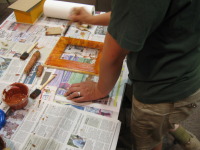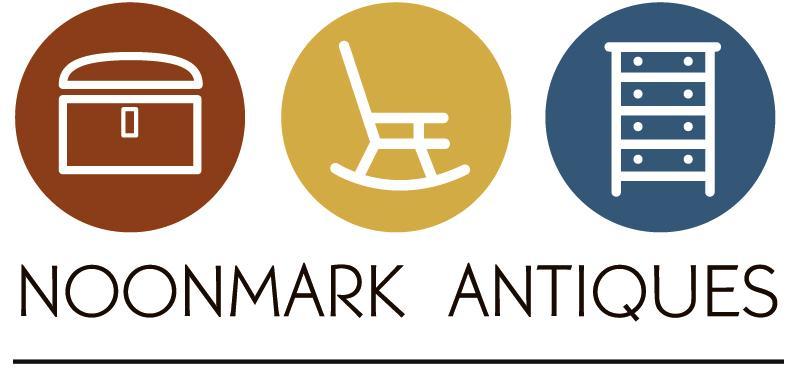I'm a technician. I'm not satisfied with ideas or book knowledge. I need to learn by doing. So, every opportunity I get, I try to learn something new about the world of material culture.
The Mennonite Heritage Center in Harleysville, PA has regular workshops that teach some craft from Pennsylvania German folk art culture. Today, I joined a workshop led by Jim King to learn grain painting. That's important to me since we sell so many objects decorated with grain painting.
So what is grain painting? It's that technique you've seen on picture frames, blanket chests (like this one /furniture/pennsylvania-york-county-blanket-chest/), cupboards--just about anything wood. It's a fanciful way of putting a patterned decoration on a painted surface. It works like this: the piece gets a coating of paint called the ground. Yellow is a nice starting point:

Then, the artist applies a glaze paint that will create the grain effect. After brushing the glaze (a contrasting color, like brown or red), the artist then uses a tool or their hand to create a repeating pattern by scraping some of the glaze off the base. Combs, corn cob, sponge and finger prints all work well:

